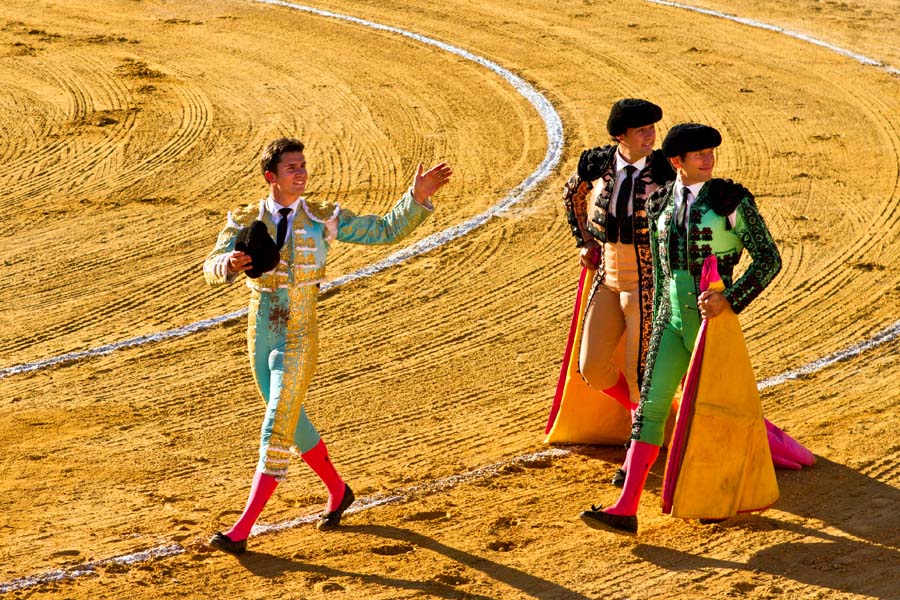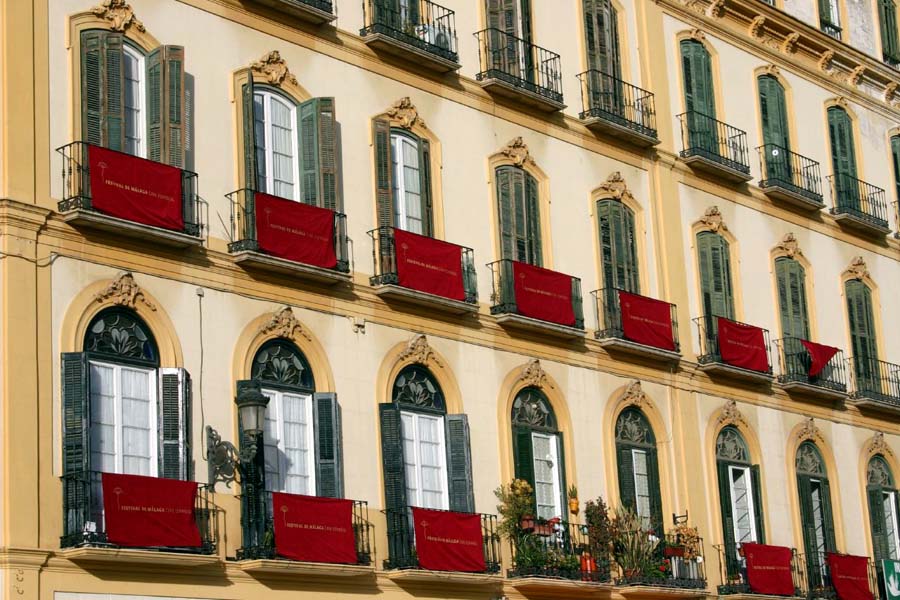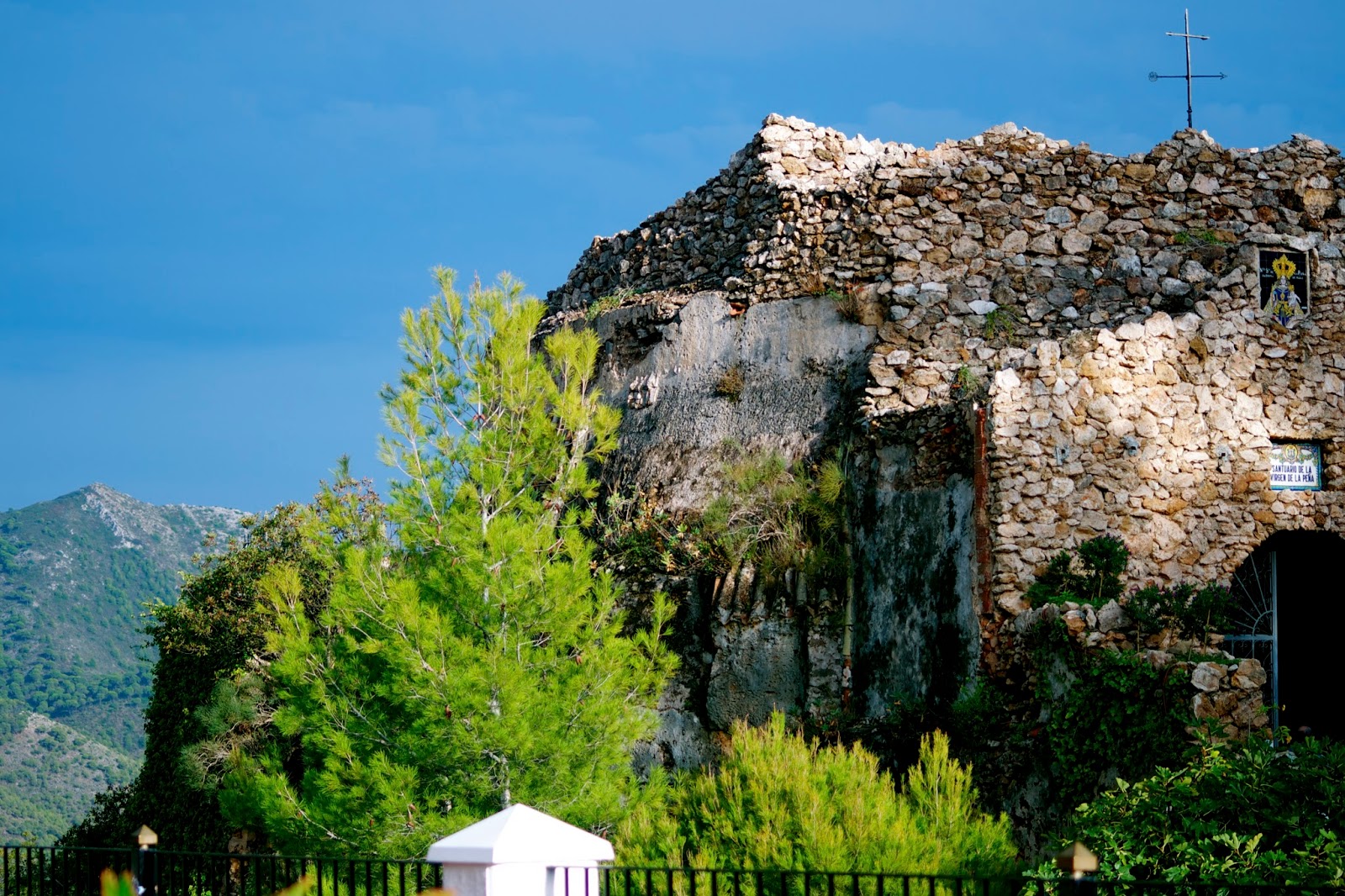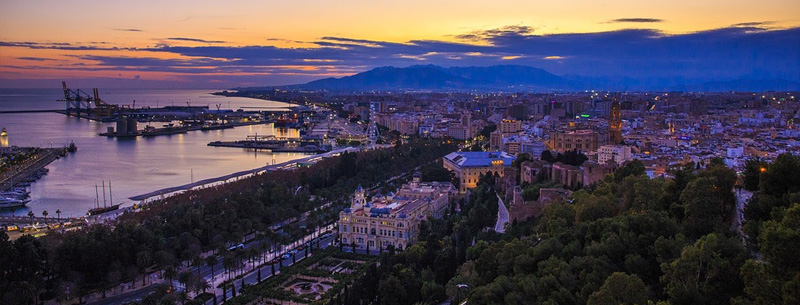Málaga, the capital of the Costa del Sol is a city that’s bursting with life and has a whole array of opportunities for fun and activities, be they sporting or just pure enjoyment.
Beaches, Mediterranean sun, and quality vino: these are the things for which Malaga is, best known. This famous Spanish port town has a lot more to offer than that, though, as we discovered on our trip last summer. In fact, attractions and historic sites make it the perfect location for combining beach life with culture. If you get the option, Malaga airport transfers are quick and easy, and it would be a shame not to explore the city before you head out to your chosen resort. Here is our guide to what’s happening and where to go this summer.

Landscape of Malaga
Malaga, circled by the Montes de Malaga, is one of the three municipal areas in the province, along with Antequera and Ronda. Within the aforementioned mountains, the Santo Pitar peak stands out at 1,020 m. Although the lay of the Mountains is similar, the shape of two valleys divides the landscape into two parts:
The central area is covered in pine trees and evergreen oak and spreads along the Guadalmedina river basin to the Casabermeja area. From the source of the Guadalmedina to the western border of Malaga, the mountain range is mainly lower, and there are some olive and almond trees. The eastern area of the mountains is influenced by the Axarquía area. As well as hills, olive and almond trees, there are vineyards and landscapes singular to Axarquía.

To the south of the mountains, the area where the Hoya de Malaga meets the mountains creates landscapes that are particularly interesting and towns such as Puerto de la Torre. La Hoya de Málaga is the most typical landscape in the area. It’s a coastal depression which joins the valley of Guadalhorce with the plains of the Guadalmedina Valley through gently rolling terrains from which spring forth many streams. There are also many traditional market gardens here and two particularly interesting areas, one for its environmental significance, the mouth of the Guadalhorce, and another of human interest, the coastal front of the city of Malaga, presided over by the port.
August Festival
Like all Andalusian cities, Malaga celebrates its main fiesta with a wonderful annual fair held in August. If you’ve ever fancied attending a bullfighting match or learning how to flamenco dance, here’s your chance. Those who would rather sit and drink vintage sherry and eat tapas will also love this festival.
Taking place in the third week of August, Feria de Malaga is one of the biggest festivals in Andalusia; if you can time your holiday with the event I would thoroughly recommend it. Be sure to catch the opening day celebrations when impressive fireworks illuminate the sky and there are vibrant parades with music and dancing. Millions of visitors come to enjoy the fair both by day and at night.
Picasso Museum
Malaga was the birthplace of Picasso, and the town thus pays homage to him with a museum in the city. Nestled at the heart of the old town between the cathedral, castle, and fortress, the museum is housed in a beautifully restored old building.

Some of Picasso’s most famous works can be found here along with sketches that offer an insight into the artist’s processes and inspirations. You can also enjoy the temporary exhibitions and learn all about Picasso’s turbulent life.
Alcazaba
Overlooking the city from a hilltop, this thousand-year-old Moorish fortification is Malaga’s most famous landmark and is the best-preserved fortress of its kind in the whole of Spain. Built to defend against pirates who traveled over the ocean from Africa, there are stunning views out over the city and sea from the ramparts.
Columns, towers, fountains, and dungeons can all be explored with well-preserved sections giving a sense of the fort’s former magnificence. This mini-city is a great place to spend the day, wandering between walled gardens and atmospheric courtyards.
The Arabic Baths
Once you’ve finished seeing the sights, there are also plenty of ways to relax in Malaga. One of the most enjoyable is the Arabic Baths where you can wind-down and rejuvenate in the traditionally decorated steam rooms, baths, and fountains. For an extra pampering, try a Turkish Massage or some aromatherapy treatments.

Old Town Malaga
Stroll around the old town and visit the house where Picasso was born, Casa Natal. There is an abundance of elegant churches, historic houses and atmospheric courtyards in this area and a scattering of interesting art galleries and museums between.

When you’re done walking, enjoying the cuisine of Malaga is one of the city’s greatest pleasures. Coffee with chocolate and churros (dipping doughnuts) is a decadent Andalucian breakfast not to be missed, and the city boasts some of the best tapas bars in Spain. In the evening, enjoy a fresh seafood dinner in one of the atmospheric restaurant courtyards of the old town.
Art and Monuments. Monuments
Malaga is, of course, a truly monumental city. Here’s more information on the main Monuments and tourist area to visit.
ENGLISH CEMETERY
This was built to bury the Protestants who pass away in Malaga and was the first in Spain. The remains of the poet Jorge Guillén can be found here.
SAN AGUSTIN CONVENT
Originally from the sixteenth century but reformed a century later. Nowadays it’s divided into three parts: school, church and monks residence.
SANTO DOMINGO CONVENT
Building began in 1518, in the Mudejar Gothic style, and the fundamental parts of its structure have been conserved. After the floods of 1628 and 1661, which damaged a great deal of the convent and church, it was reformed and now has new Baroque elements.
PROVINCIAL DELEGATION
The work of Juán Jáuregui Briales. The building today has a monumental facade built on two floors with natural stone and a gable split by an oval coat of arms based on that of the city, with the letters TM “Tanto Monta”, within a large corbel sealed by a crown.
EL CENACHERO
This portrays a fish seller and is located at the end of the Paseo de la Farola.
SCULPTURE IN HONOUR OF PICASSO
Sculpted by Berrocal in 1976 as an homage to Pablo Picasso. You can see it in the center of the Picasso Gardens.
THREE GRACES FOUNTAIN
Named after the marble sculptures that decorate it and inspired by Classical mythology which considers the nymphs to be protectors of freshwater.
In Malaga and its province, there are water parks and loads of fun, modern attractions to guarantee a great time. Enjoy some quality leisure time with your family and friends.
